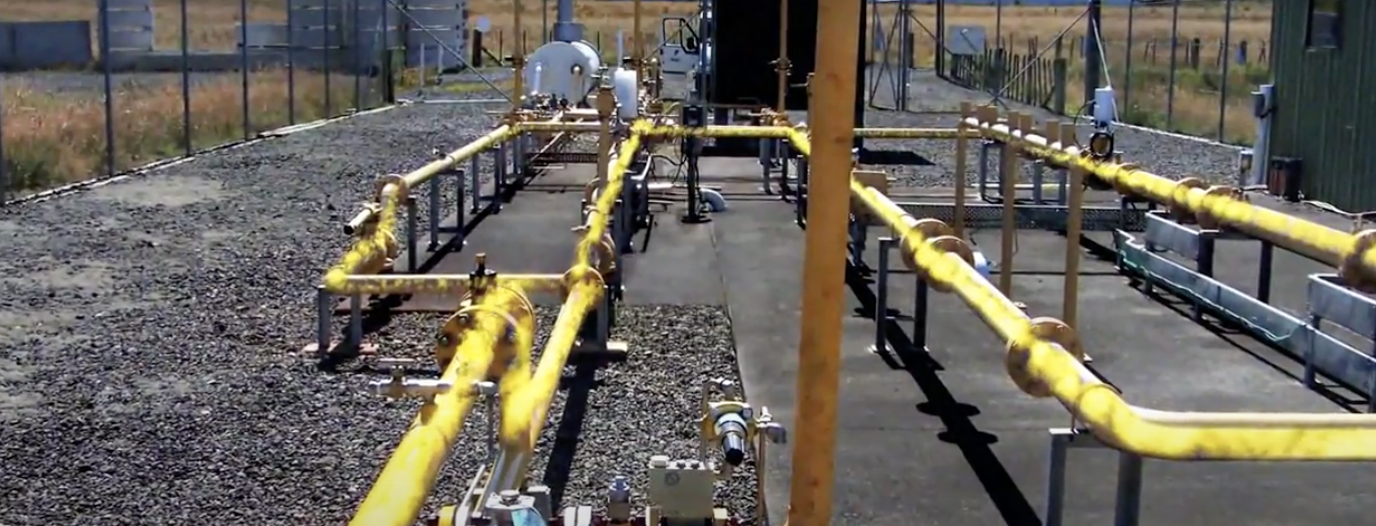Powerco distributes electricity to 336,000 urban and rural households, businesses and major industrial and commercial sites in New Zealand’s North Island. Networks are in the Taranaki, Wanganui, Rangitikei, Manawatu and Wairarapa regions, including the urban centres of New Plymouth, Wanganui, Palmerston North and Masterton, as well as Tauranga and the surrounding rural areas and the eastern and southern Waikato, Thames and Coromandel regions.
The Background
Powerco is New Zealand’s largest electricity distributor in terms of network length (36,000km) and has the second largest number of electricity connections (336,000). The company also has the second largest gas distribution network (5815km) and the second highest number of gas connections (107,000).
PowerCo initiated an Asset Modelling Project to implement a software solution to provide regulatory reporting of PowerCo’s electricity assets and improve inputs into asset management planning.
The Challenge
PowerCo required a 2-part solution; a geo-processing component and an ETL modelling component. The geo-processing component needed to interact with PowerCo spatial systems and execute spatial operations to prepare data for the next component. The ETL modelling component would have to provide flexible and auditable modelling, analytics and reporting.

The Results
Locus was engaged to create the modelling component of the Asset Modelling Tool, which was needed for drawing information from a number of sources and calculating models of asset data.
The modelling process is based on the principle of keeping source data intact whilst adding new attributes that are based on the source data and any other created attribute.
FME takes the Electricity Network data from an ESRI Geodatabase and other support datasets, in various formats, and creates a database in MS SQL Server containing both the input data and computed tables.
The process connects to and extracts data from the GIS database, runs spatial operations to form relationships, and outputs results to a staging database. Literally the beating heart of the asset management system. Our solution included all of the desired outcomes, including a feature to enable map displays and further spatial analysis, in additional to the primary data tables being updated and populated with all of the necessary fields from all of the disparate data sources.
The Future
Powerco continues to explore new opportunities for the application of FME across the business




